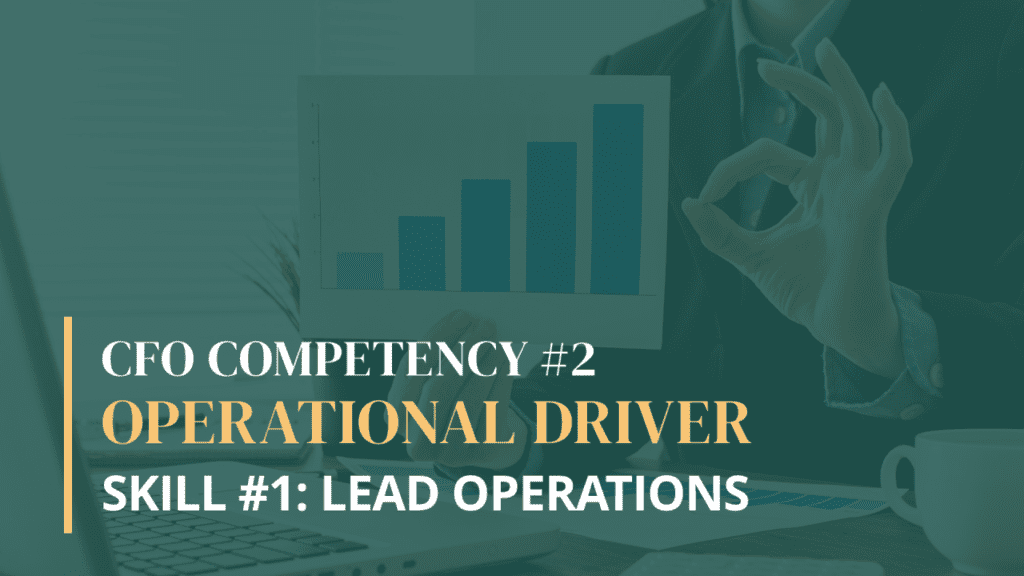Oversee and Drive Business Change

The role of the CFO is constantly evolving as businesses strive to stay ahead of the competition. You have a unique opportunity to act as a catalyst for change and drive change initiatives throughout your organization. You can help promote innovation and creativity, while also ensuring that the financial health of the company remains strong.
If you want to be an effective catalyst for change, you must remember these key points:
- Be clear about the need for change and communicate this effectively to others.
- Have a solid plan in place to implement the changes smoothly.
- Be mindful of resistance to change and take steps to address it.
To accomplish these, you must not only identify opportunities for change, but also have the ability to implement those changes successfully.
Here are the eight steps involved in driving change:
You will need to create a sense of urgency, form a strategic vision and enlist a volunteer army to remove barriers, generate short-term wins and embed the changes. It takes time to implement change and you will need a combination of strong change management skills and perseverance to deliver your desired outcomes
As a member of the leadership team, you should also encourage innovation across your workforce and recruit the right combination of people into your teams to create your desired culture.
This requires you to implement brainstorming initiatives and provide the necessary infrastructure to support the best ideas through their development stages. Recognise that some ideas will fail, whilst others may flourish into highly lucrative initiatives.
It is no secret that driving change is hard. When it comes to people’s work lives, any kind of change can be especially daunting. Humans are naturally resistant to change and will be particularly sensitive when it impacts on their work role.
Whether it’s a new process, a different way of doing things, or a shift in responsibilities, people will react to this and need to adjust their mindset to accommodate the change. This requires you to understand people’s typical emotional reactions during each journey of a change project and how to properly obtain their buy-in throughout.
Here are the seven typical mindset shifts of people affected by a change project, adapted from the Kubler-Ross Change Curve:
People are naturally resistant to change and find it difficult to accept. Initially, they are likely to react negatively due to the fear and uncertainty about how the change will affect them.
Change management leaders need to be aware of these seven different mindsets and form a plan to support people during each of these stages. By doing so, you will help people overcome the emotions of dealing with your change initiatives and obtain their buy-in to help make your change project a success.
Develop your Catalyst for Change skills
GrowCFO has plenty of offerings to help you quickly develop your catalyst for change skills:
- Free members should start by read our valued Insights page where we are constantly adding new blogs, podcasts, interviews, guides, polls and research articles.
- As a GrowCFO Premium member, you will have full access to our online catalyst for change training courses (which includes identifying profit and cash initiatives, overseeing and driving business change, finance transformations, restructuring business operations and monitoring the effectiveness of change), and our mentor-led virtual workshops.
- We also want to remind you about our library of webinar recordings for GrowCFO Premium members that are available to you 24/7. There are some great recordings, such as Creating a sense of urgency towards change, Removing barriers to change and Embedding the changes.
Register for GrowCFO Premium to access these valuable resources.







Responses